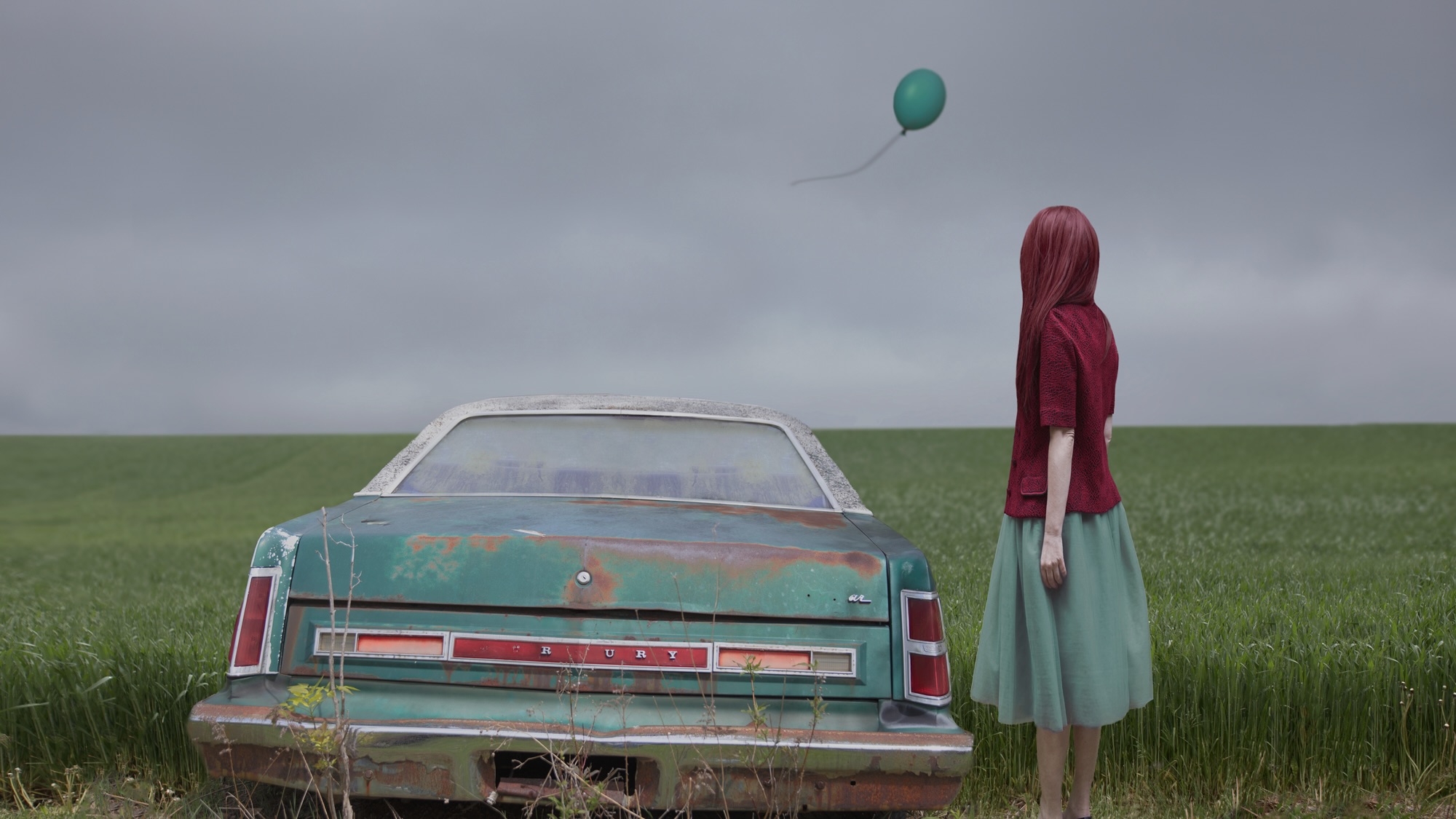
Crafting Compelling Stories Through Your Lens

Photography is more than just capturing a moment—it’s about telling a story that resonates with the viewer. Whether you’re shooting a series or a single image, understanding how to build a narrative can transform your work from a simple photograph to a powerful piece of storytelling. Here’s how you can effectively convey stories through your photography, drawing from the experiences and techniques of professional photographers.
Understanding the Elements of a Story
A great story in photography has a beginning, middle, and end, much like a written narrative. It’s important to identify these elements within the scenes you capture.
The Beginning: Setting the Scene
Context Matters: The setting provides essential background information and establishes the tone of your story. Consider which elements in your environment can help set the stage. For example, if you’re photographing in an urban setting, the architecture, street signs, and people in the background can provide context and place the viewer right in the middle of the action.
Creating Atmosphere: Use light, weather conditions, and color schemes to evoke the desired mood. Soft morning light might convey a sense of calm, while harsh midday sun could add tension.
The Middle: Developing the Plot
Capturing Emotion: The heart of any story is the emotion it evokes. Focus on the expressions, body language, and interactions of your subjects. Candid moments often tell a more authentic story, so be patient and ready to capture those unscripted instances.
Layering Elements: To add depth to your story, include multiple elements in the frame that interact with one another. For instance, a street vendor handing food to a customer, while a child watches from the side, creates a layered narrative that’s rich in detail.
The End: Bringing Closure
Implying a Conclusion: Not every story needs a literal ending. Sometimes, leaving an image open to interpretation can be more powerful. Allow the viewer to imagine what happens next, which engages them more deeply with your work.
The Decisive Moment: Borrowing from Henri Cartier-Bresson’s concept of the “decisive moment,” aim to capture that precise point in time when all elements in the frame come together to tell the story most effectively.
Techniques for Enhancing Your Storytelling
Sequencing Images
Telling a Complete Story: A series of images can often tell a story more comprehensively than a single frame. Think of your sequence as a visual book, where each image represents a chapter that builds upon the previous one. Plan your shots to ensure continuity and flow.
Using Symbols and Metaphors
Symbolism in Photography: Introduce symbols that represent broader concepts or themes. For example, a wilting flower might symbolize the passage of time or loss. These subtle elements can add layers of meaning to your work.
Metaphorical Representation: Use visual metaphors to convey complex ideas. A long, winding road might represent a journey or the challenges ahead. Consider how your subjects can represent something beyond their literal appearance.
The Power of Color and Light
Color as a Storytelling Tool: Colors can greatly influence the story your image tells. Warm colors like red and yellow can convey energy and passion, while cooler tones like blue and green can evoke calm or melancholy. Use color to guide the emotional response of your viewers.
Manipulating Light: Light can add drama, mystery, or clarity to your story. Experiment with different lighting setups, whether it’s natural light, artificial light, or a combination of both, to see how it changes the mood and narrative of your images.
Creating a Connection with the Viewer
Engage Your Audience: A successful photograph often makes the viewer feel something. Whether it’s nostalgia, empathy, or intrigue, aim to evoke a response. Consider who your audience is and what story will resonate with them.
Include Human Elements: People are naturally drawn to other people. Including human subjects in your photography can create a sense of connection and relatability, making your story more compelling.
Practical Tips for Storytelling in Photography
Start with a Concept: Before you begin shooting, think about the story you want to tell. What message or emotion do you want to convey? Having a clear concept in mind will guide your choices in composition, lighting, and subject matter.
Be Observant: Pay attention to the details in your environment. Sometimes, the smallest elements can make the biggest impact on your storytelling. Notice the way light falls on a subject, the interplay between people, or the textures that add richness to a scene.
Edit with Intention: Post-processing can enhance your story if done thoughtfully. Adjust contrast, brightness, and color to match the mood you’re trying to convey. However, be careful not to over-edit, as this can detract from the authenticity of your story.
Storytelling in photography is about more than just capturing a scene; it’s about conveying emotion, context, and meaning through your lens. By focusing on the elements of a story and using techniques that enhance the narrative, you can create images that resonate deeply with your audience. Whether you’re telling a personal story, documenting an event, or exploring conceptual photography, remember that the most compelling stories are those that connect with viewers on an emotional level. Practice these techniques, and watch as your photography evolves into a powerful storytelling medium.
Not on 500px yet? Sign up here to explore more impactful photography.
The post Crafting Compelling Stories Through Your Lens appeared first on 500px.
